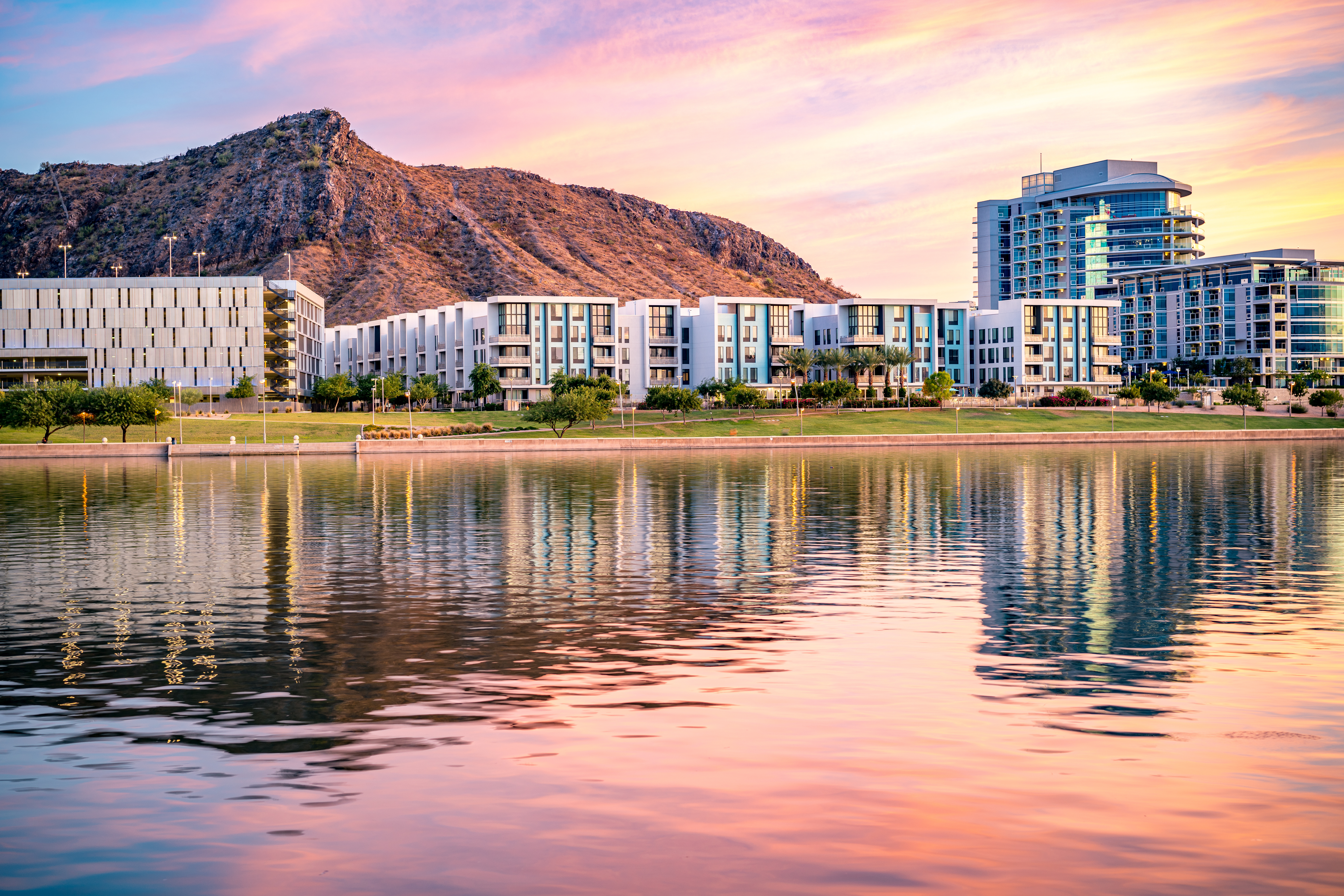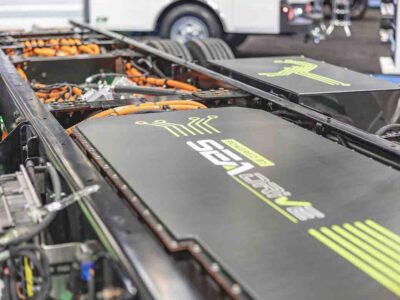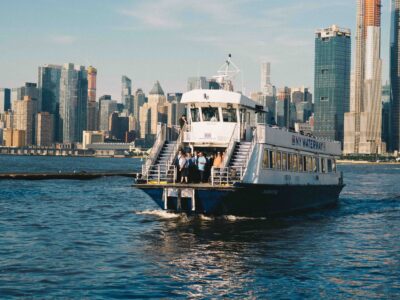May 18th, 2020
As we move further into the 21st century, the biggest step forward is leaving the 20th century behind. Imagine an entire futuristic community without cars. Developers Ryan Johnson and Jeff Berens are doing just that in Tempe, Arizona.
Johnson and Berens created Culdesac Tempe, a 1,000-person development that boasts it has the United States’ first agreement between a city and developer to build a neighborhood without the need for residential parking.
Most Americans – outside a few major cities – would probably claim they would be unable to perform their regular duties without a car, but Johnson and Berens are ready to offer an alternative. Their goal is to show that if cities divert their monetary resources towards greener, more environmentally-stable investments, personal automobiles could become unnecessary.
“Recently, transportation has been innovating but real estate hasn’t kept up,” Berens said. “What we’re doing is harnessing the new innovations in transport to enable a new type of land use that creates more walkability and offers life at your front door.”
Culdesac Tempe is a $140 million project backed by real estate investors that includes a dog park, restaurants, grocery stores and a gym. While residents will not be able to have personal vehicles, the neighborhood will have access to a light rail that connects to the city’s main attractions, including Phoenix Sky Harbor International Airport, Arizona State University and downtown Tempe. Exceptions are made for emergency and service vehicles. Should members of the culdesac crowd require transportation to a location that is not available via the light rail, ride-share vehicles will be made available.
In addition to being Arizona’s largest city, Phoenix also has the dubious distinction of being ranked seventh in the United States for ozone pollution. While limiting vehicles in one neighborhood will not eliminate Arizona’s emissions issues, Johnson and Berens believe it will have an impact on improving air quality both within surrounding areas. An added benefit is the freeing up of real estate. When factoring in highways and roads, along with parking spaces, nearly 36 percent of the Phoenix Metro area is paved. “Whereas a normal urban development would really have to use a lot of land for parking, by not having to design for cars, space is freed up for things like a park or bike paths and walkways and retail,” Berens said.
Johnson and Berens have also found ways to minimize concerns surrounding the sweltering Tempe heat, which can reach 115 degrees. They’ve designed a connective courtyard that allows for cross-ventilation and sunlight within the planned community. While pavement and roadway absorb heavy amounts of sunlight, their absence will mean almost twice as much shade coverage above the local standard. These environmentally-focused developers are pioneering a new old way of life with their car-free neighborhood. And who knows, this could lead to the first car-free city.





